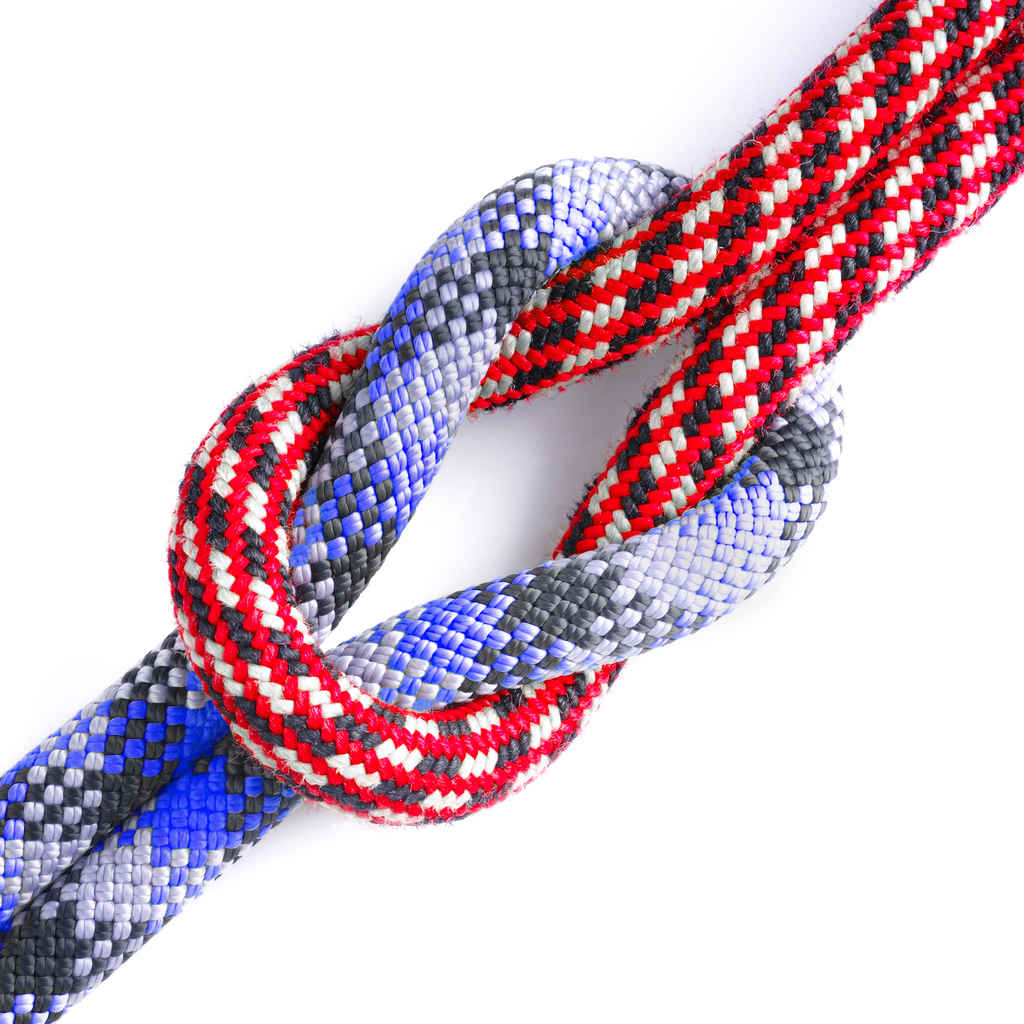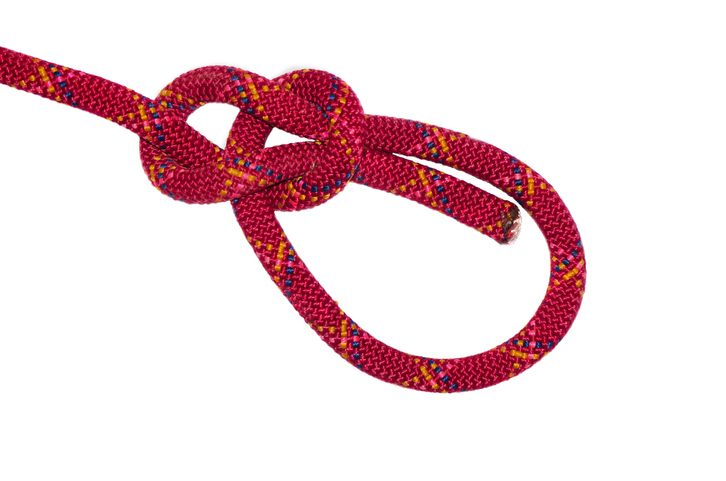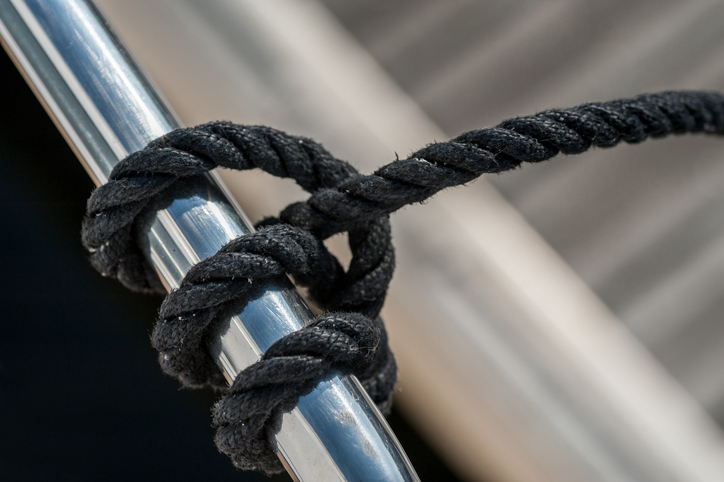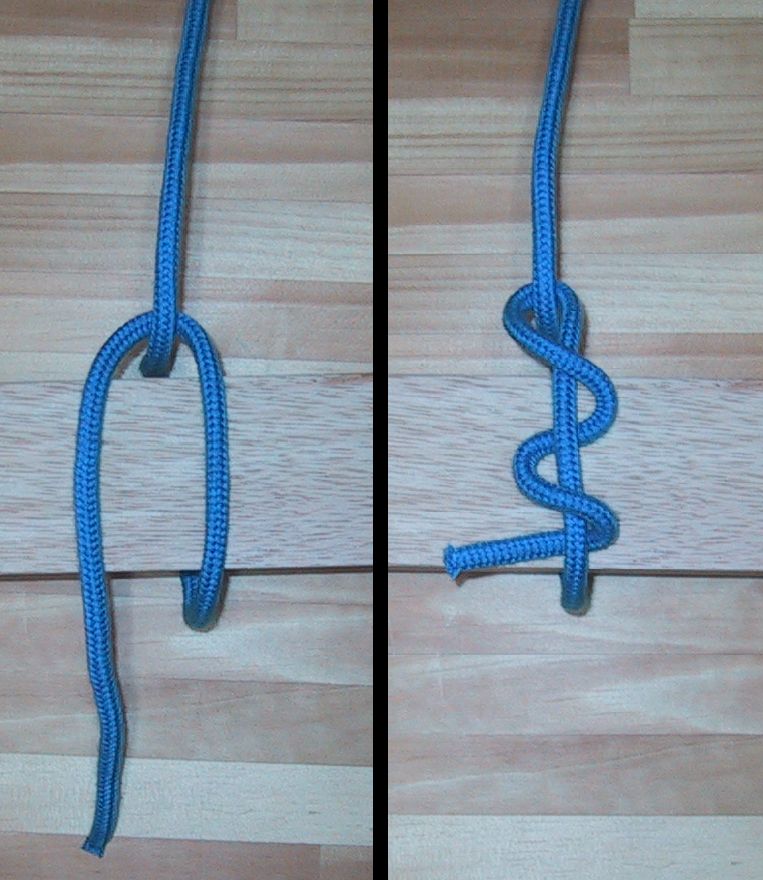Knots You Must Know to Increase Your Chances of Survival Outdoors
One thing that is often overlooked by a lot of people is a practical knowledge of the basic knots. There are several ways to increase your fun while on a camping trip and knowing how to tie amazing knots is one of them.
Not only that, you literally could be a step away from death in a critical time, and the difference is the knot you tie.
Catching animals in a trap or on a fishing line can be quite tricky. No greater disappointment than successfully catching a fish on your line but then your knot fails, or the line breaks and the fish escapes.
As regards camping, there are several vital knots you must know to tie, which will increase your chances of surviving outdoors.
With only a few simple knots you will be on your way to a better and safer camping experience. So, here are the most common knots:
THE SQUARE KNOT

A square knot is an excellent place to start as you build your camping knot database. This reliable knot is perfect for tying shorter pieces of rope to make a long and stronger piece.
A square knot is an ideal knot to join two separate pieces of paracord. The primary reason for this is to create a longer cable to perform a specific task.
Even better, it is very safe, but it is also easy to untie when it is no longer needed. Start with two pieces of rope or material of your choice. We will use two colours, black and white, for this illustration.
Pick up the two parts, one in each hand, and make a knot as if you were tying your shoes, the black portion goes underneath and then on the white piece.
Now make another knot as if you were tying your shoes, but this time the white piece first goes over the black piece before going under. To finish the knot, simply pull it.
BOWLINE KNOT

The bowline is another famous knot because it stands firm, making it ideal for climbing mountains and keeping several things tied.
Another important fact that you should know about the bowline is that it can save your life or the life of another person. Although a bit more complicated to tie than the knots above, a bowline is extremely strong and durable.
Paracord is actually the perfect type of cable to tie a bowline. A bowline can be tied quickly around the waist to act as a safety harness.
The other end can be thrown by the person who is rescuing or secured to a fixed object such as a truck or a tree. In a rescue attempt, it may be useful to use an object such as a tree branch as a pulley to provide leverage to elevate a person or object.
To tie the bowline knot, start with a piece of string and make a loop with a bit of space on both sides. Now hold the rope by its end and pull it through the loop.
The next part is a bit difficult, but it is straightforward. Take the end of the cord and put it behind the long, free end, and then through and under the loop. Now pull it tight, and the bowline knot is ready.
CLOVE HITCH

The clove hitch is a simple hitch that can be used to finish whatever you have tied. Hold the rope up and wrap it once around the object you choose, like a pole or a tree. Next, take the rope around the pole again, this time going under the new loop that formed.
To finish, pull the cord again, put it under the other loops and pull it hard. If you are in a situation where you need to secure something to a fixed object such as a tree, a stick or a branch, a clove hitch is an ideal knot to use. You will be done within a few seconds, and it can be easily adjusted or removed as needed.
TIMBER HITCH

The timber hitch may not be your most used knot, but it can certainly save you in certain situations. This knot is ideal for pulling or dragging a load. Do you need to move a lot of wood? Then, you’ll be glad to know how to tie this knot.
If you are in a situation where you need to secure your paracord to an object, such as a tree or truck, a timber hitch is the best knot to use. The benefit of a timber hitch is that it is held more tightly at the anchor point as the line tightens.
Start by having your rope under your load. Then roll it up and pull the cord through the top three times. This knot is only useful for moving loads but great for it.
These are only four out of the hundreds of knots out there, but it is a good start for all those seeking an adventurous outdoor experience.





